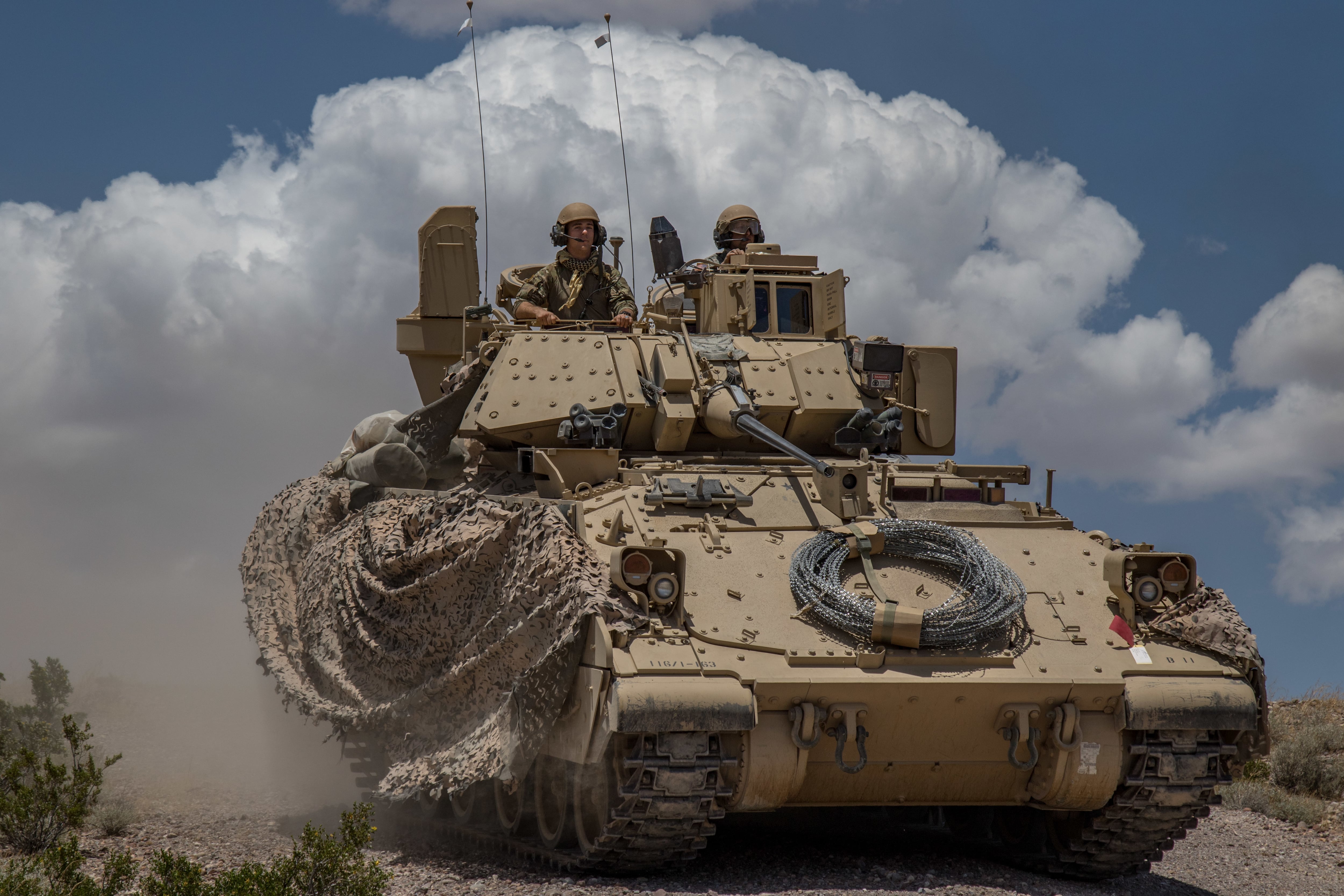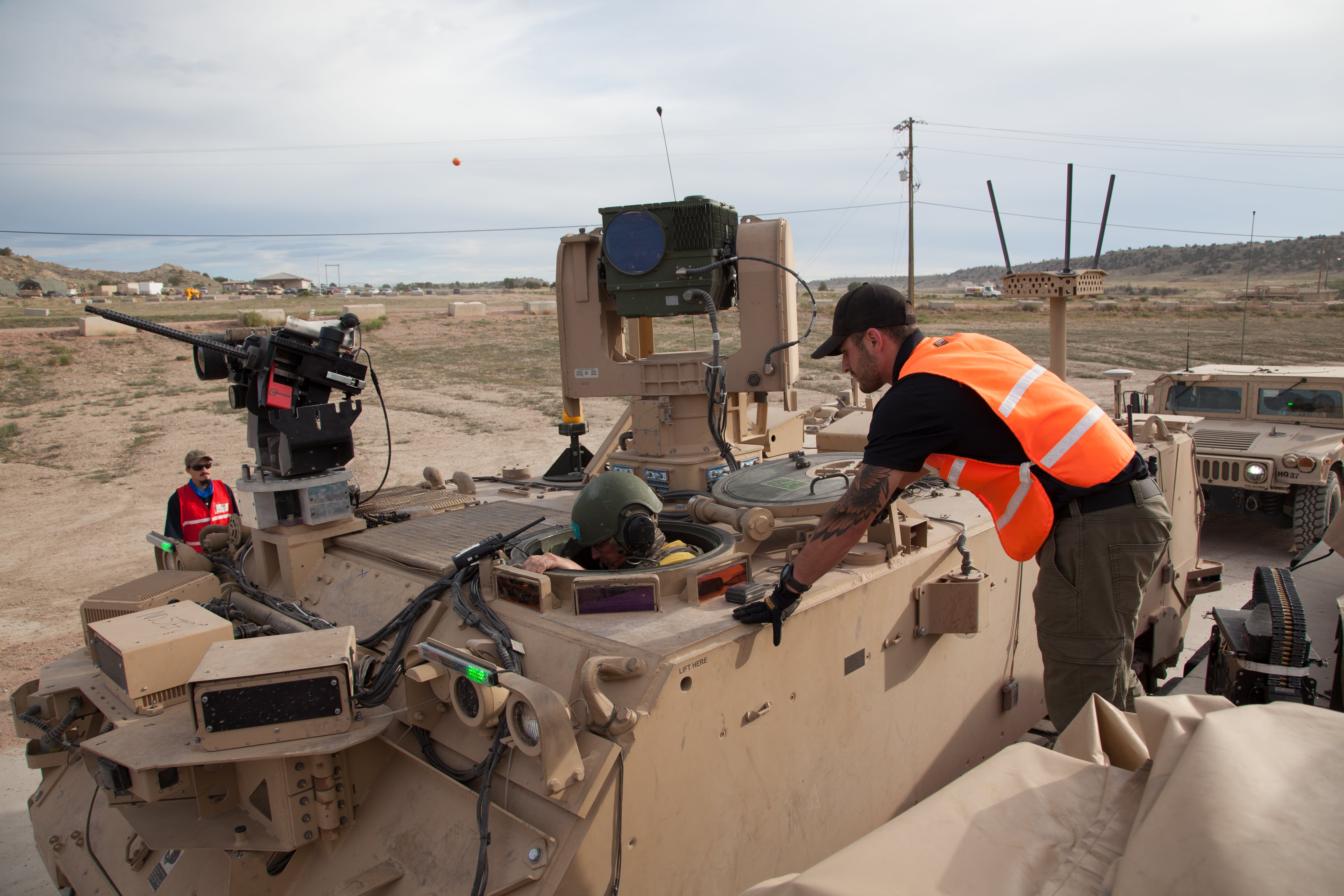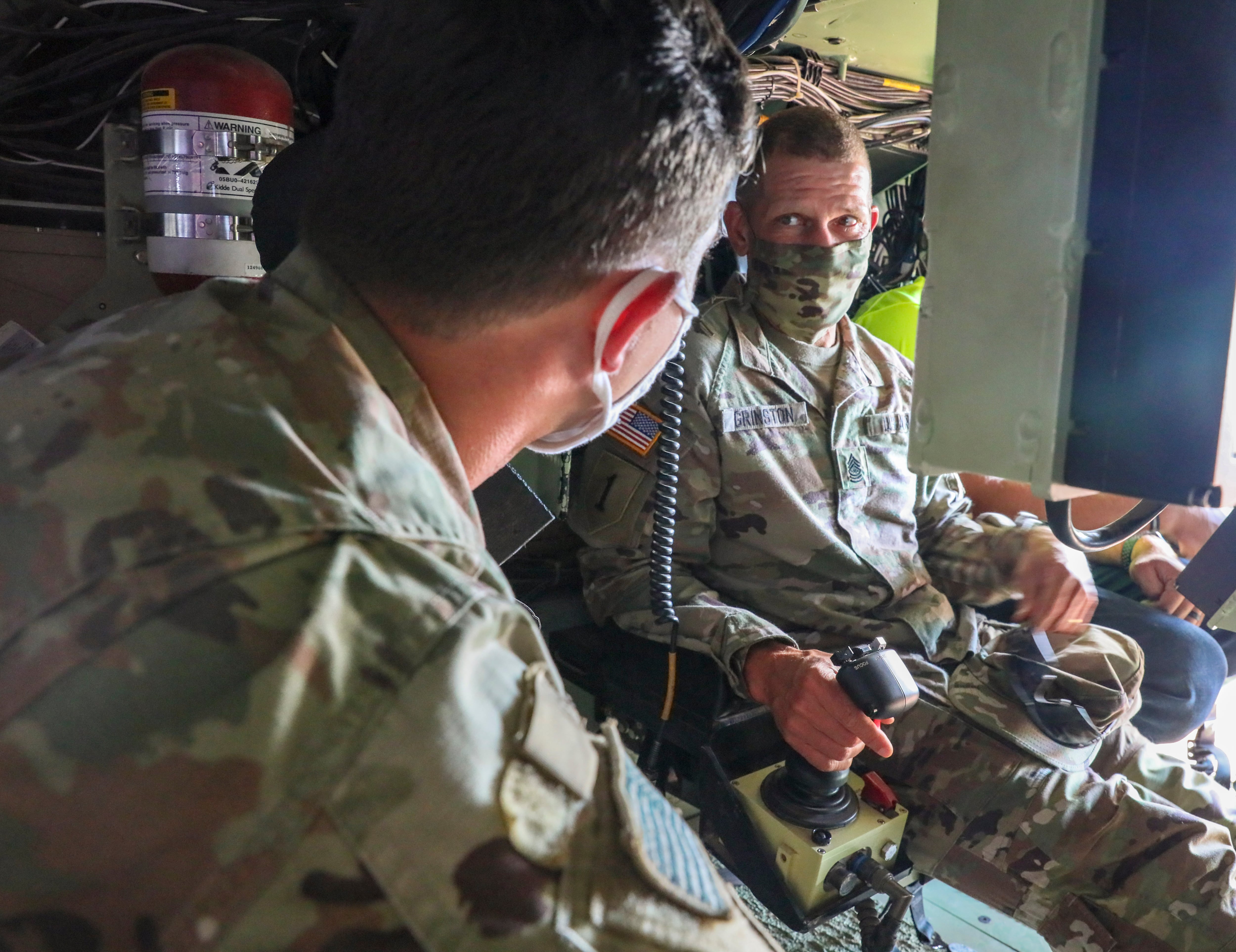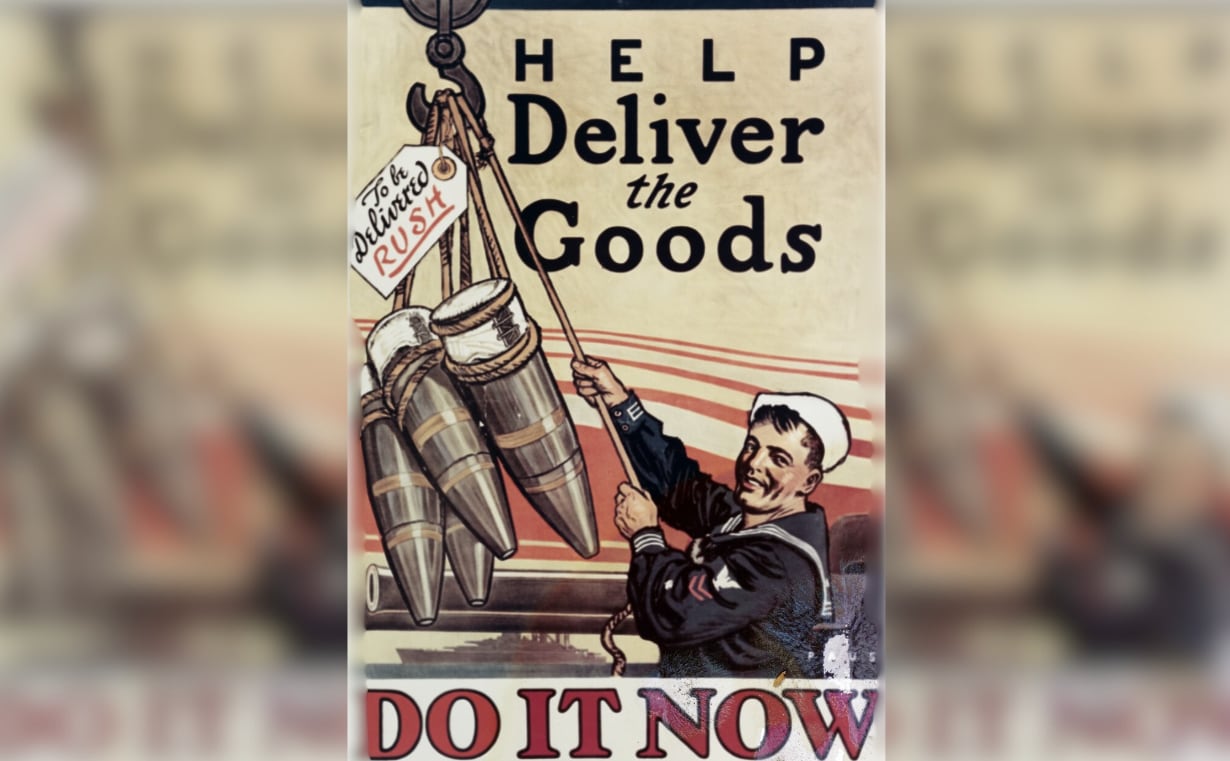Soldiers with the 4th Infantry Division at Fort Carson, Colorado, recently completed five weeks of testing and scouting-style missions with early versions of what may become ground combat’s “robotic wingman.”
The Robotic Combat Vehicle testing version uses an M113 troop carrier with remote operation capability and a team of two soldiers on vehicle-only and mounted-dismounted missions. They ran platoon-sized movements in mountainous terrain, flat areas and through limited urban training areas, soldiers said.
The next big test will come in little more than a year when they push for company-sized maneuvers at Fort Hood, Texas, “because brigade commanders fight companies,” Brig. Gen. Ross Coffman, director of the Army’s Next Generation Combat Vehicle Cross Functional Team, told reporters in a phone interview.
RELATED

Coffman heads the NGCV program, of which the RCV is only a part. Ultimately, the service wants a suite of robotic vehicles ranging from the size of a small tank down to a conventional scout vehicle.
And it’s not just for soldiers. The Marine Corps is testing similar versions, which has added input for the Army work, Coffman said. They’re sharing the resources and technology as both services figure out how to get more robots into ground formations.
Those vehicles will be aimed at doing a variety of dangerous, dirty tasks, including route clearance, IED marking, chemical weapons detection and support by fire, Coffman said.
Communications are evolving, he said.
Physics is the biggest challenge. Right now, on flat ground, the robots can run about 1-2 km from their controllers. But urban terrain and heavy woods challenge that capability.
By applying new waveforms for radios, which Coffman credited to private industry, they’re able to keep the standard ranges, even in difficult environments, and maybe push them farther.
That’s the goal, a point at which soldiers could operate these from a Forward Operating Base or even farther, much like drone pilots do now over the distance of continents.
“But if you think about how we fight, platoons within a company are generally not spread out over 5 km, they’re a little tighter,” Coffman said. “If you could extend the battlefield 2 km with a robot, that means you could extend trade space and make decisions faster.”
Asked about weapons safety and possible malfunctions on the armed platforms, Coffman said the firearms on the platforms are purpose-built for robot control, an enemy soldier can’t just jump on the vehicle and take a machine gun or even shoot it.

Also, they’re designed to be able to self-clear jams or other malfunctions.
They still need work, though.
Increased communications, audio feedback and moving target recognition, rather than stationary-only firing, are just a few items.
Oh, and a pesky depth-perception issue.
“Right now, it’s very difficult for a robot that looks at a puddle. It doesn’t know if it’s a Marianas Trench or if it’s two inches deep,” Army Maj. Corey Wallace told reporters in the call.
And also, the human touch.
“When you’re in a Humvee, it’s very clear when you’re getting into soft sand, you know to downshift to a lower gear. You know when you’re getting on a steep slope,” Wallace said.
Sergeant Major of the Army Michael Grinston told Army Times in a separate interview that he sees the robotic sidekick as a “wave of the future.”

“This will be common tech 10 years from now when I’m out of the Army,” Grinston said. “It’s clearly a game changer.”
A multiple tour combat veteran himself, Grinston saw much potential for how soldiers could employ such vehicles.
“When you have the ability to get a vehicle into position and support by fire. I don’t have to maneuver over that way and worry, ‘Am I going to step on a landmine?‘ ” he said. “Then, there’s my ability to maneuver underweight. All of the things I won’t have to carry, ammunition, water.”
They’re already testing the possibility of tethering drones to vehicles, giving them eyes in the sky without higher assets.
“I could see what’s going on the other side,” Grinston said.
The top enlisted soldier said he can see this new option changing tactics, techniques and procedures as much as the introduction of the helicopter did.
Todd South has written about crime, courts, government and the military for multiple publications since 2004 and was named a 2014 Pulitzer finalist for a co-written project on witness intimidation. Todd is a Marine veteran of the Iraq War.
In Other News













